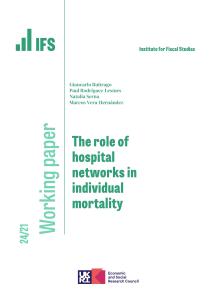<p><p>The aim of this study is to examine the association of BMI and waist circumference (WC), with a quality of life (QoL) indicator designed for older ages (CASP19), and with depressive symptoms (Centre for Epidemiologic Studies Depression Scale). We included 8,688 individuals aged ≥52 years who participants of Wave 2 (2004-2005) and Wave 3 (2006-2007) of the English Longitudinal Study of Ageing (ELSA). To explore cross-sectional relationships (2004-2005), we fitted regression models for BMI and WC (included simultaneously) as our predictors of QoL and depressive symptoms adjusted for covariates. To explore longitudinal relationships, BMI and waist at baseline (2004-2005) were related to the each outcome variable measured at follow-up (2006-2007), and adjusted for baseline characteristics (2004-2005). For a given BMI, larger WC was associated with lower QoL and higher risk of depressive symptoms for women in cross-sectional and longitudinal analyses. By contrast for a given WC increased BMI for women was positively associated with QoL and lower odds of depressive symptoms. In men, for a given BMI, increased WC was related to QoL only cross-sectionally; neither WC nor BMI at baseline were associated with depressive symptoms (cross-sectionally or longitudinally). In conclusion among older people, for a given BMI, increased WC was related with higher risk of poor QoL and, for women, of depressive symptoms; whereas for a given WC, increased BMI had a protective effect on QoL for women </p></p>








